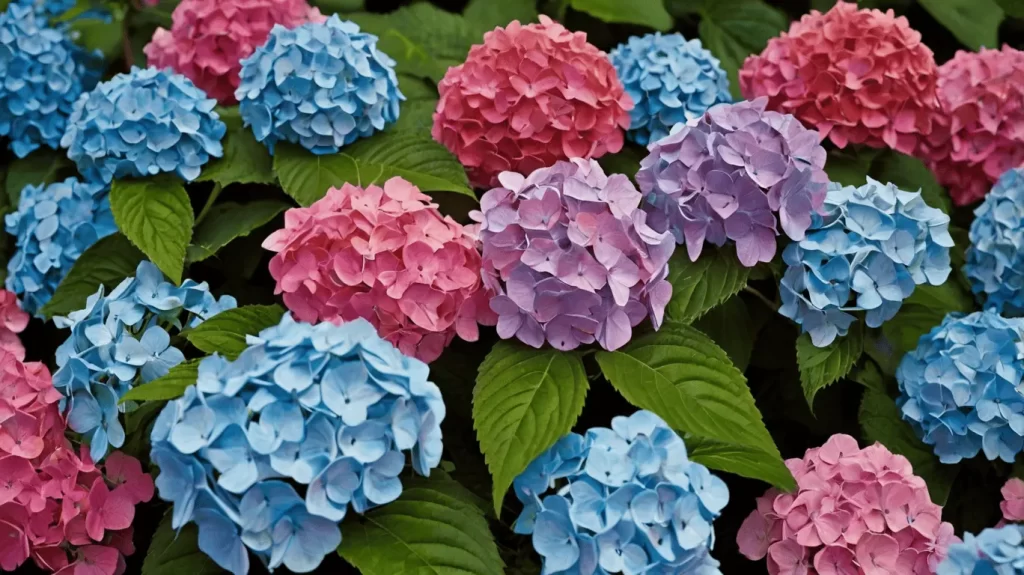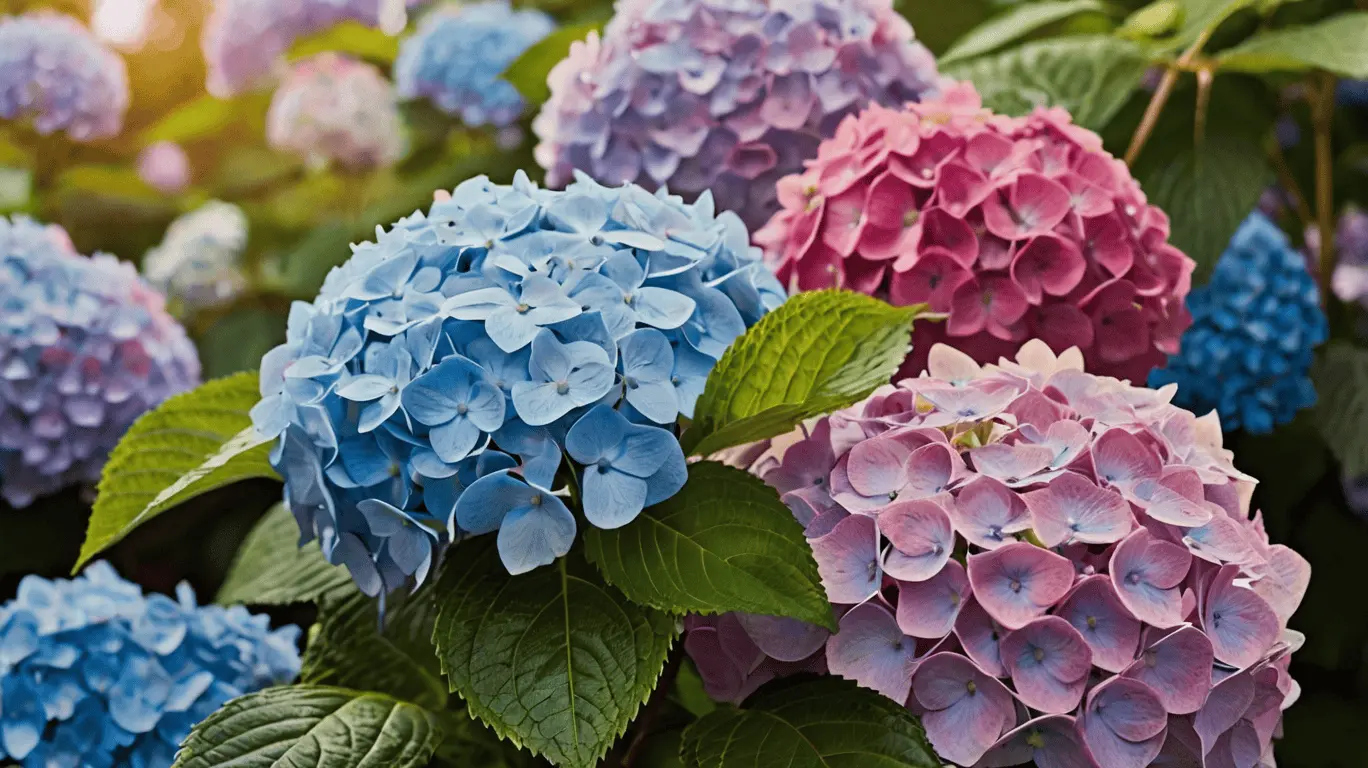Hydrangeas, beloved for their striking display of blooms and ever-changing flower colors, have become a favorite choice in both garden beds and indoor pots. Their unique ability to shift hues is nothing short of captivating—a botanical trick influenced by the very soil in which they thrive.
This color transformation is not some arcane magic, but rather a direct response to the soil’s pH levels. The nutrients and minerals within the earth determine whether hydrangeas will showcase vibrant pinks or tranquil blues. In this guide, we’ll unravel the secrets behind this natural wonder and walk you through the process of adjusting your hydrangeas’ bloom colors with ease.
The Science Behind Changing Hydrangea Colors
Unlike most flowering plants, hydrangeas possess a remarkable ability to alter their blossom shades. This phenomenon, first observed by 18th-century gardeners, puzzled horticulturists for generations. Early enthusiasts employed bizarre methods like burying rusty nails and even chanting incantations, trying to explain this botanical mystery.
However, the true reason behind this color-shifting is now known: soil pH. According to American Scientist, hydrangea flowers act as natural indicators of the soil’s acidity. Acidic soils (with a pH below 6) yield blue blooms, while more alkaline soils (pH above 7) promote pink or red hues.
To manipulate these colors, adjusting the soil’s pH is key. Whether you’re looking to shift from pink to blue or vice versa, the following tips will guide you.

Steps to Alter Hydrangea Bloom Colors
1. Understanding Soil Acidity and Alkalinity
Hydrangeas tend to produce blue flowers in acidic soils (pH levels below 6.0). Conversely, pink and red blooms emerge in alkaline conditions (pH levels above 7.0). If your soil’s pH falls between 6 and 7, you might see flowers ranging from purples to pinkish blues. This variance gives gardeners the power to influence their plant’s appearance by altering the soil composition.
2. Adjusting Soil pH for Color Shifts
To encourage blue blossoms, you need to acidify the soil. Simple home remedies include mixing vinegar, lemon juice, or coffee grounds into the earth. You can also add pine needles or citrus peels to the base of the plant. Alternatively, materials like sulfur or aluminum sulfate are available to help lower the soil’s pH more effectively.
For those wishing for pink or red blooms, increasing the alkalinity is necessary. This can be achieved by adding lime to the soil, raising the pH to a level where warm hues can flourish.
3. Natural Variability
Interestingly, hydrangeas can display different colored blooms on the same plant if its root system encounters soil pockets with varied pH levels. You may find one part of the bush sporting rich blues while another shows off bright pinks—a natural result of the complex chemistry beneath the soil.

Factors That Affect Hydrangea Color
Though the process of changing bloom colors is fairly straightforward, there are a few things to consider:
1. Time and Persistence
Changing the pH of your soil is not an overnight process. It can take weeks or even months for the adjustments to fully take effect. Be patient and persistent, applying the necessary amendments over time to gradually shift the soil’s pH without shocking the plant.
2. Resistance to Color Change
Some hydrangea varieties are more resistant to color change, especially those that have been extensively bred for specific bloom sizes or shapes. Despite your efforts, these plants may retain their original hues.
3. White Hydrangeas
It’s important to note that white hydrangeas generally do not change color in response to soil pH. They remain white throughout their blooming cycle, occasionally developing a slight tint of pink or blue, but not to the same degree as their colored counterparts.
4. Store-Bought Surprises
If you’ve purchased a hydrangea from a nursery and later planted it in your garden, don’t be surprised if its color changes during the next blooming cycle. The plant’s color is entirely dependent on the pH of its new environment.
Final Thoughts
Manipulating the color of hydrangea blooms is both an art and a science, rooted in the natural chemistry of the soil. By understanding the relationship between soil pH and bloom color, you can enjoy an ever-changing display of vibrant hues in your garden. Whether you’re aiming for calming blues or passionate pinks, a little effort and patience will yield stunning results.

